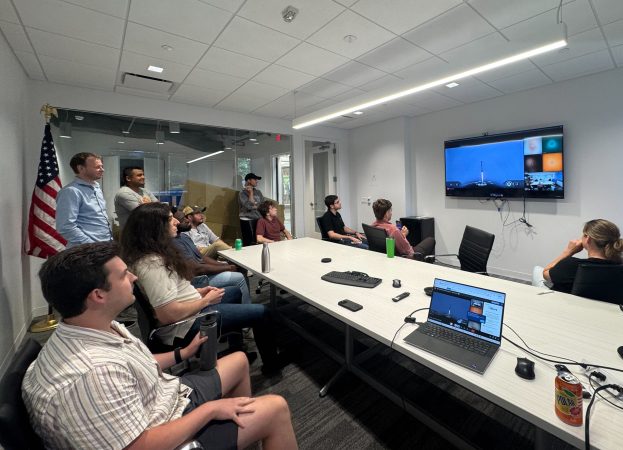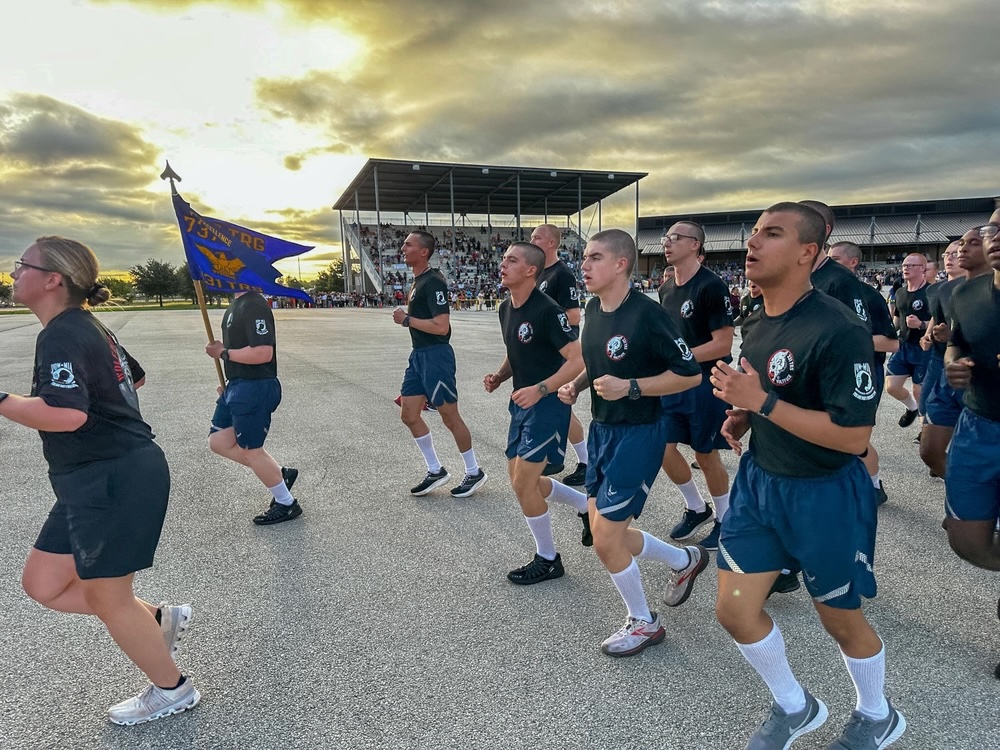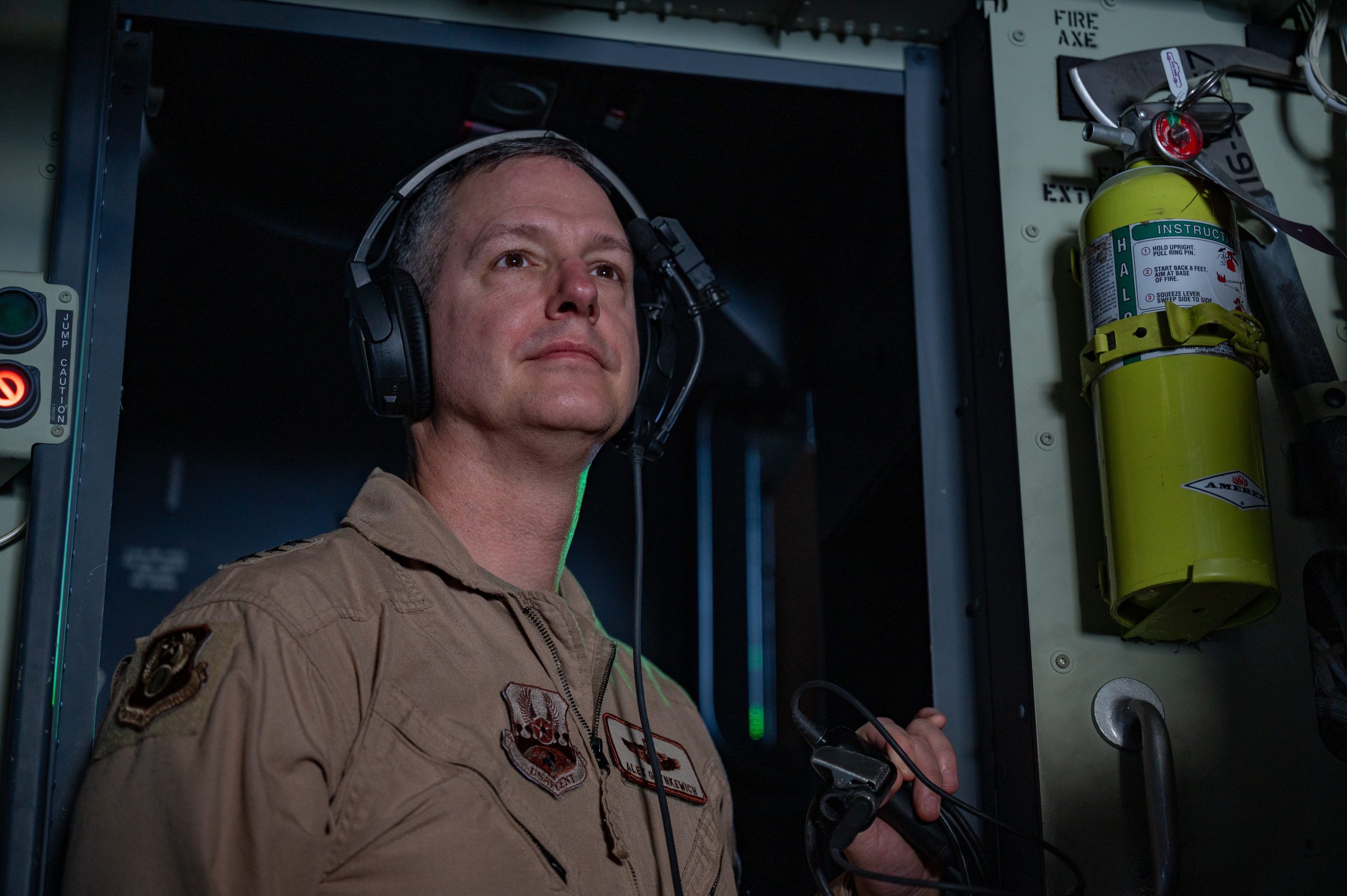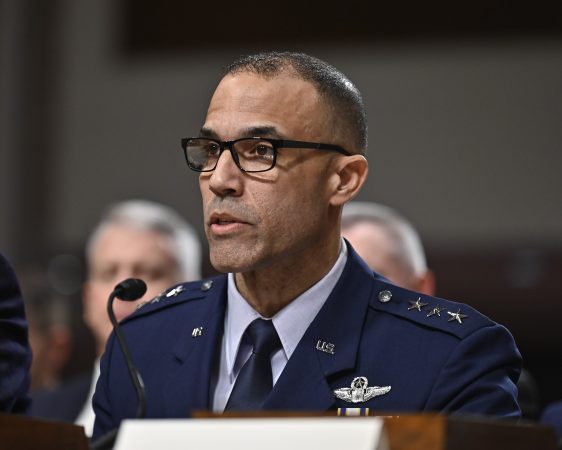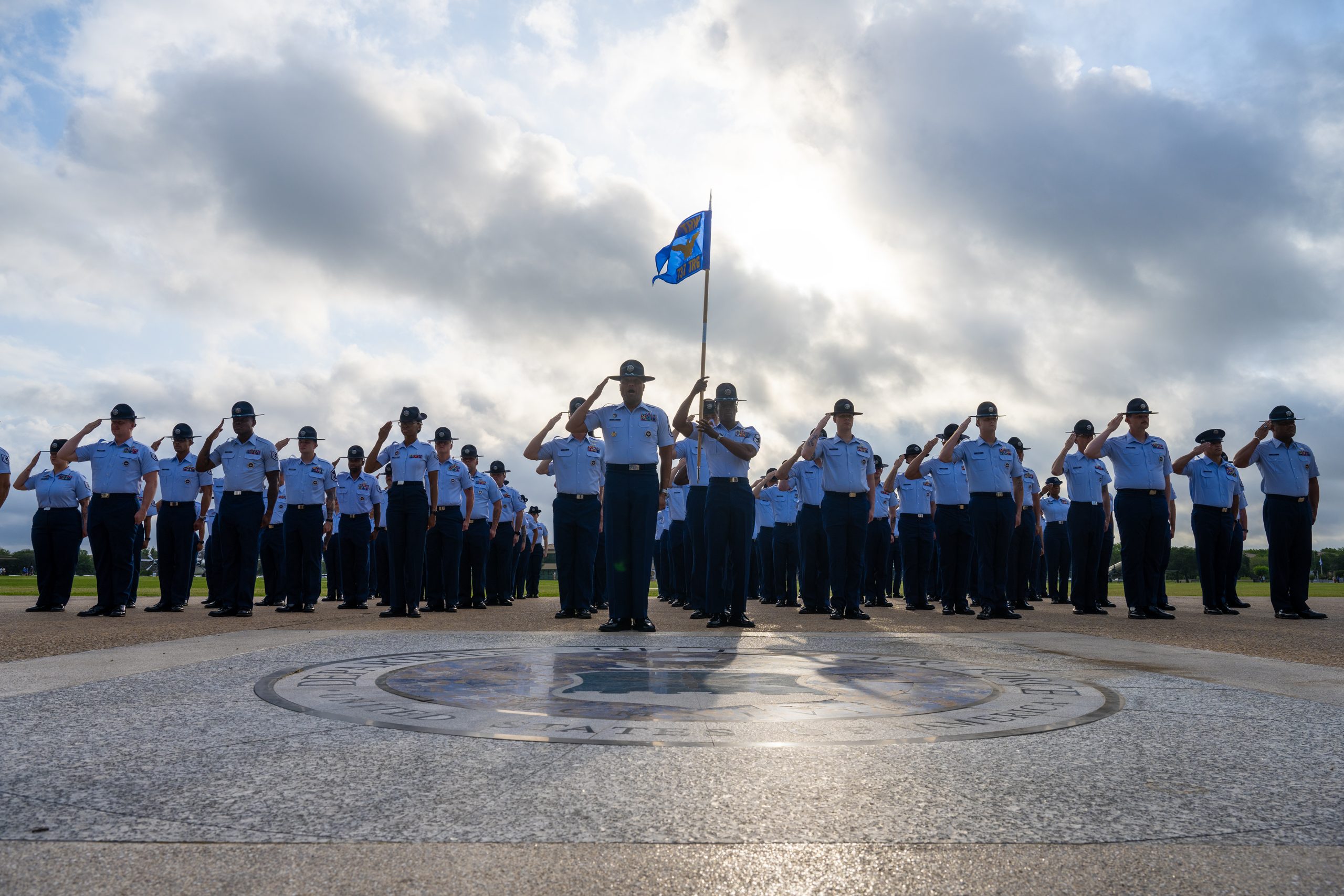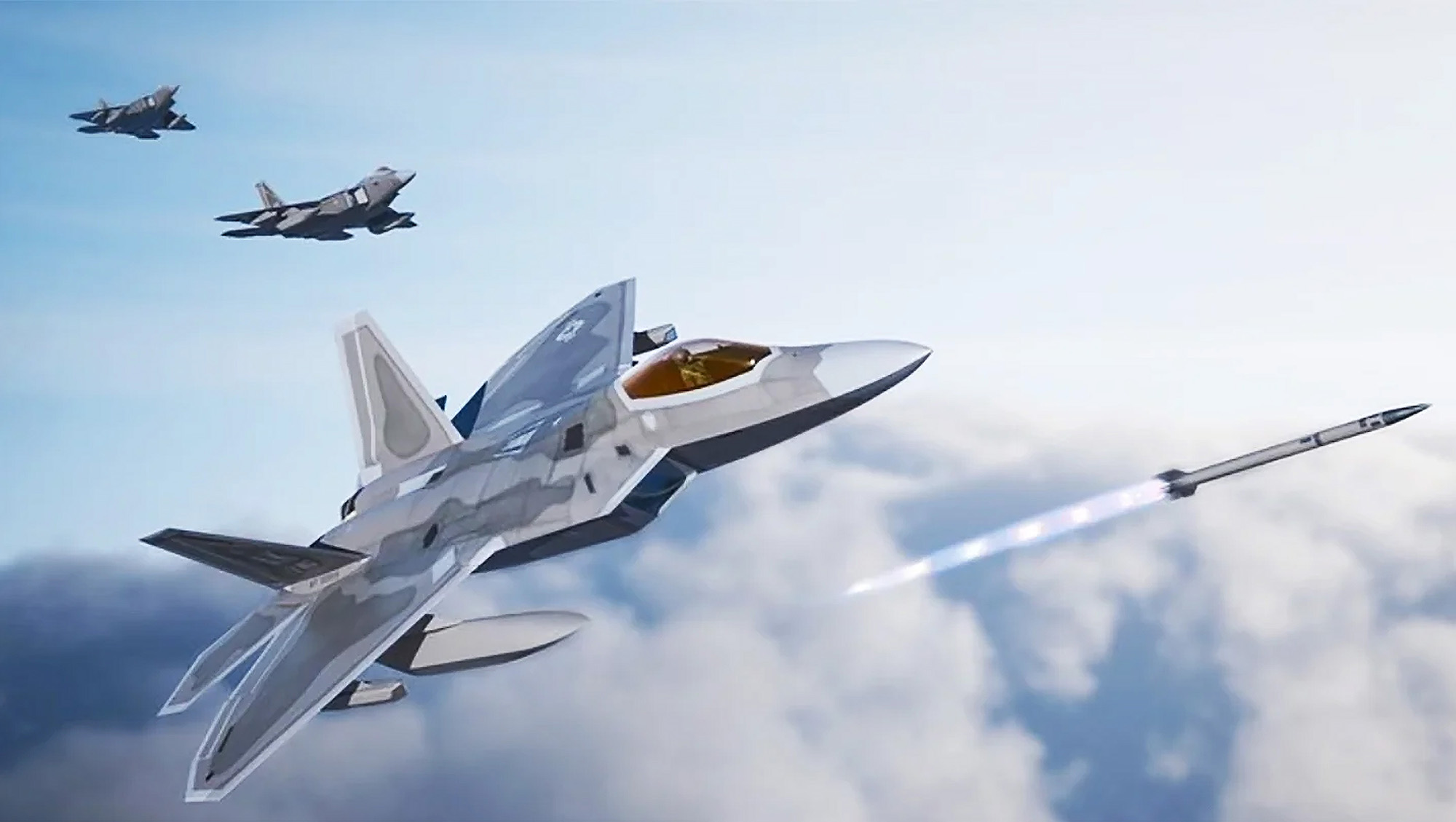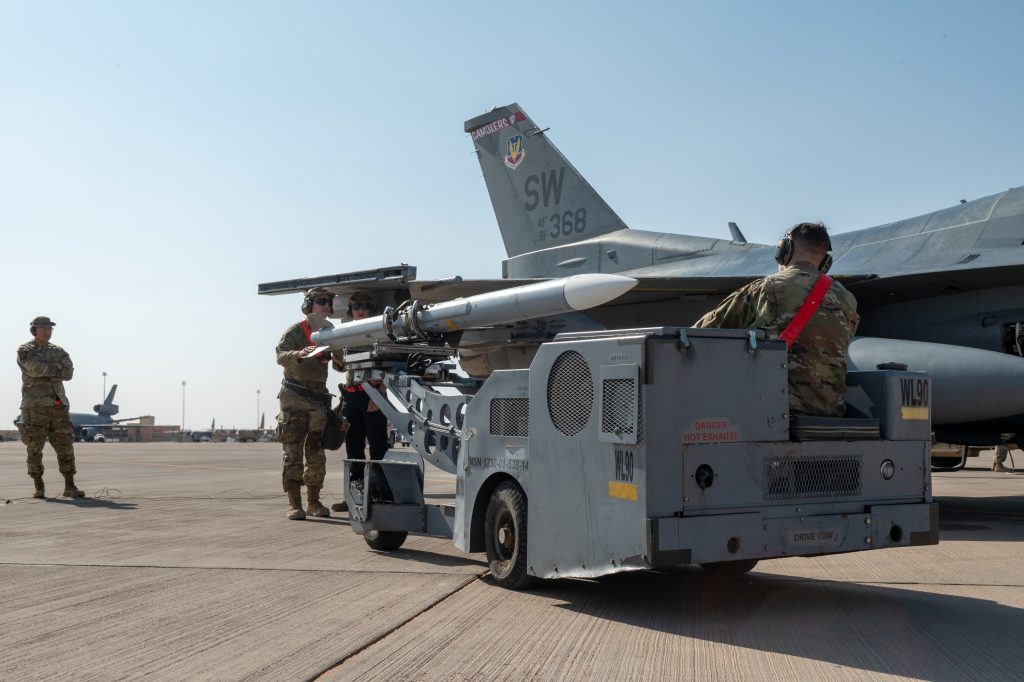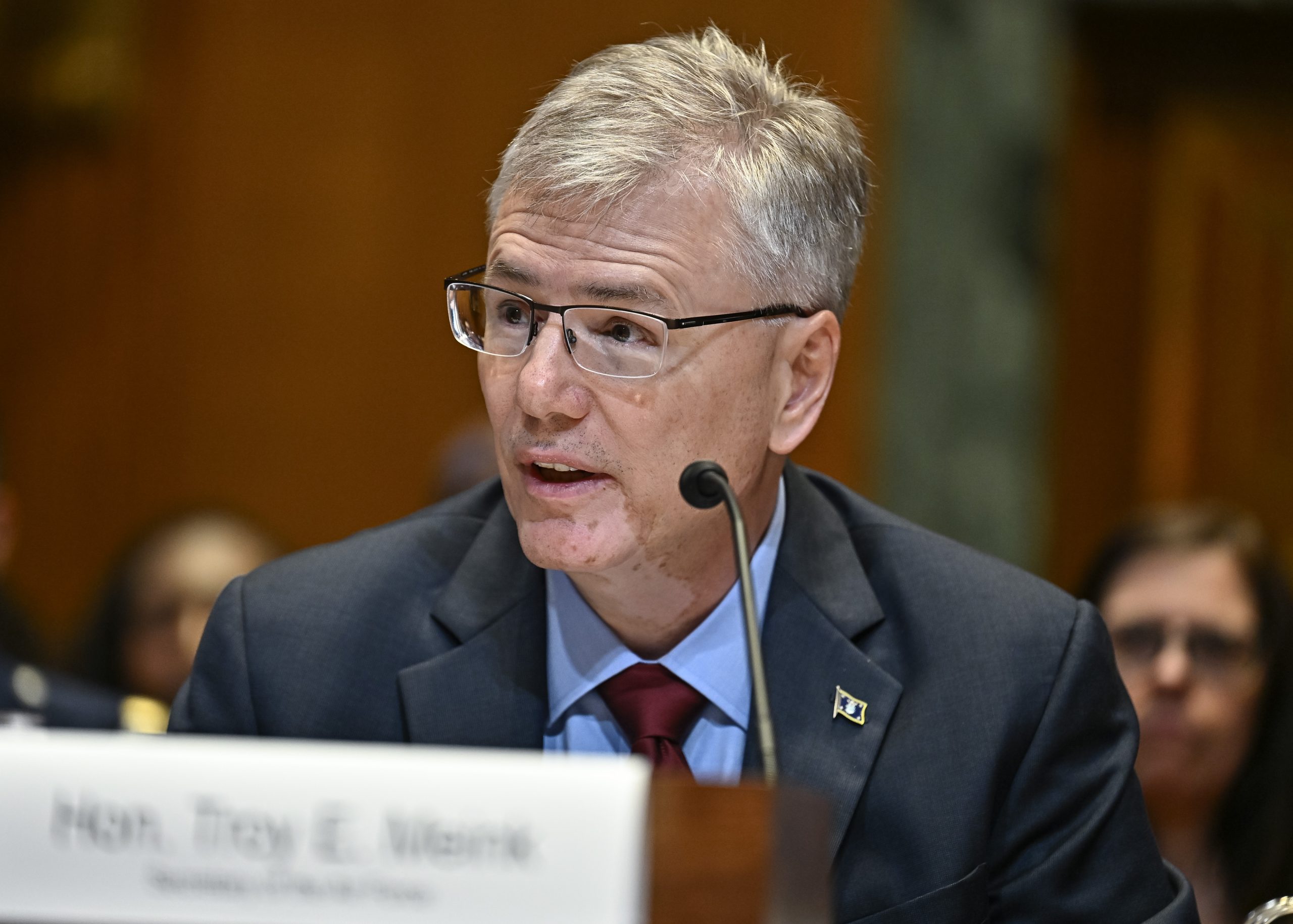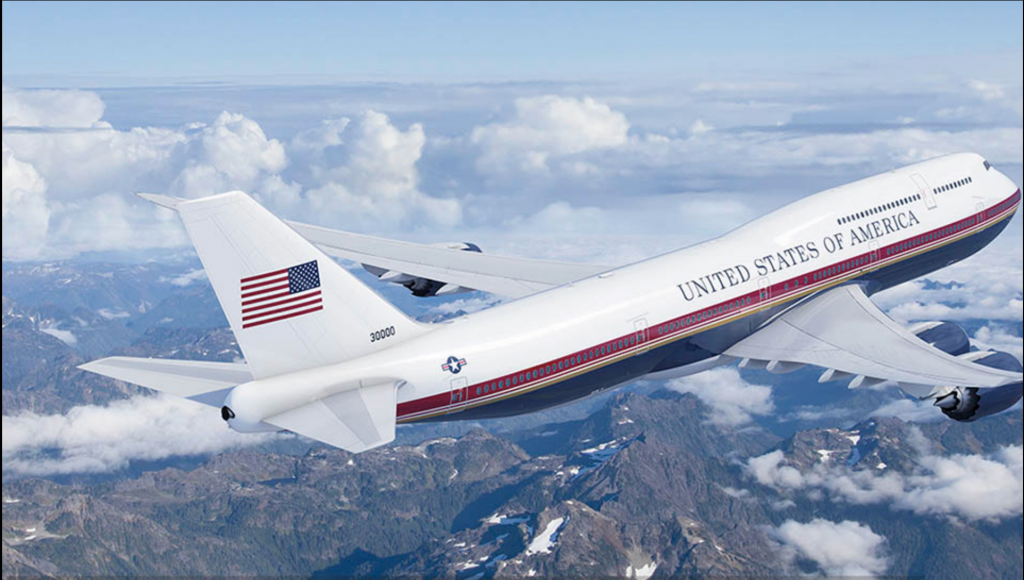The Senate passed Republicans’ sweeping tax-and-spending package July 1 in a 51-50 vote, the culmination of a 27-hour marathon legislative session. The package—often called the reconciliation bill—includes a $150 billion package of defense funds that accounts for a significant portion of the money the Air Force and Space Force want for their top priorities next year.
The bill now returns to the House of Representatives for further consideration.
“The Senate-passed reconciliation bill is an investment in the future of the United States,” Senate Armed Services Committee Chairman Roger Wicker (R-Miss.) said on social media after the vote. “Through this legislation, the Senate secured a down payment on a generational upgrade for our nation’s defense capabilities.”
The bill is essentially must-pass legislation for the Department of the Air Force, which stands to lose tens of billions of dollars from its annual budget if the measure fails to become law. Nearly $39 billion—or 15.5 percent—of the $250 billion the Air Force and Space Force seek in 2026 would come from the reconciliation bill.
While the defense provisions in the bill aren’t controversial, their fate is tied to the outcome of the more divisive overall package, which includes cuts to social safety net programs like Medicaid and trillions of dollars for tax breaks, immigration enforcement, and more.
If the legislation isn’t enacted, the services would face a budget cut of almost 1 percent compared to the previous year. That possibility would be a “massive blow to our plan,” Air Force Secretary Troy E. Meink told the Senate defense appropriations subcommittee last week.
“It’s highly risky, because there is no guarantee that there’ll be another reconciliation bill,” Todd Harrison, a defense budget analyst at the American Enterprise Institute, told Air & Space Forces Magazine. “The fact that the Air Force and Space Force did not do well in their base budgets is a troubling sign.”
The Space Force would be hit particularly hard. More than one-third of its $40 billion spending proposal would be funded through the reconciliation bill, putting the service in a precarious position as it watches the legislation’s progress.
Nearly half of the Space Force’s $29 billion research, development, test, and evaluation request depends on the reconciliation bill—a massive gamble for the service as it tries to take on more missions in its sixth year. Some of that is comprised of the Trump administration’s attempt to secure a $25 billion “down payment” for its Golden Dome missile defense system that would heavily rely on Space Force assets to protect the U.S. from attack.
The Space Force’s spending plan indicates it “lost big” to the other services as Pentagon leaders crafted the 2026 base budget request, Harrison said, despite the military’s growing reliance on space for directing precision-guided weapons, surveillance, and communications.
“That money is going to go away,” he said of the boost through reconciliation. “What are they left with?”
Twelve percent of next year’s Air Force budget relies on reconciliation dollars as well. While the money can give programs like the B-21 stealth bomber a temporary bump, Harrison believes it won’t accomplish much in the long run.
Reconciliation is one piece of the Trump administration’s $1 trillion defense spending request for 2026, which it has split between the one-time megabill and the regular annual appropriations process in the hope of making it more likely to succeed.
“I don’t fully understand all of the mechanisms, but I think the first principle is … a sustained topline to be able to continue our modernization and maintain readiness is going to be key, however that happens,” Air Force Chief of Staff Gen. David W. Allvin said of the two-track approach at the June 26 Senate defense appropriations hearing.
Gen. B. Chance Saltzman, the Space Force’s top officer, added that the service is still sorting through how the mandatory spending included in the reconciliation bill will affect its overall budget.
If the services get all the money they’ve asked for across both avenues, the Air Force would sit $25.5 billion, or 14 percent, higher than in 2025. The Space Force would receive $11.3 billion, or 40 percent, more than in the previous year.
The “One Big, Beautiful Bill,” as the reconciliation package is called, offers billions of dollars for defense initiatives such as speeding production of new aircraft, bolstering nuclear missile development, and supporting military families. The Senate bill recently added $600 million to develop and acquire unspecified long-range strike aircraft for the Air Force, as well as $1 billion for the X-37B spaceplane and $3.7 billion to develop and defend military satellites, among other updates.
The legislation uses a maneuver known as budget reconciliation that allows the Senate’s Republican majority to pass the package of President Trump’s policy priorities without Democratic votes.
The bill earned the go-ahead around noon July 1, more than a full day after a long-running series of votes on amendments—called a “vote-a-rama”—kicked off shortly after 9 a.m. June 30. Republican Sens. Thom Tillis (N.C.), Rand Paul (Ky.), and Susan Collins (Maine) sided with Democrats in voting against the bill, forcing GOP leadership to assuage Alaska Republican Sen. Lisa Murkowski’s concerns in exchange for a yes vote. Vice President J.D. Vance then cast the tiebreaking vote.
GOP leaders have said they hope to pass the bill by July 4, a self-imposed deadline.
Among the amendments offered, Republicans blocked a motion from Sen. Richard Blumenthal (D-Conn.) to prohibit the bill’s defense funding from being used to retrofit the former Qatari royal jetliner to serve as a temporary Air Force One. Another measure from Sen. Tim Kaine (D-Va.), which would limit the ability of federal agencies to fire more than 1 percent of their employees if any military veterans lose their jobs as a result, failed in a party-line vote.
Wicker, the Senate Armed Services Committee chairman, pushed back on Blumenthal’s amendment, noting that the bill doesn’t offer money for presidential aircraft. Defense Department nominees vetted by the committee have pledged to use the reconciliation funds as directed, he added, making an amendment that would stop funds from being shifted to an interim Air Force One obsolete.
An amendment from Sen. John Kennedy (R-La.), to prohibit the use of Defense Production Act funds without congressional approval, failed 42-58. The Defense Production Act allows the president to mobilize domestic industries in support of national defense, including boosting production capacity at American factories, forcing companies to prioritize federal contracts, and entering into new public-private partnerships.
The law was a key tool in the federal battle to curb the spread of the coronavirus pandemic, invoked to increase production of N95 masks and COVID-19 vaccines.
The One Big Beautiful Bill Act faces headwinds as it returns to the House, where lawmakers will have to hash out concerns about the Senate’s changes to the cap on state and local tax deductions and Medicaid reform, among others. The bill narrowly escaped defeat in the House with a 215-214 vote in May.
“This has been an awful process—a frantic rush to meet an artificial deadline that has tested every limit of this institution,” Murkowski said in a statement. “My sincere hope is that this is not the final product. This bill needs more work across chambers and is not ready for the President’s desk. We need to work together to get this right.”


